world news
CDC Celebrating 10 years of Climate and Health Program
Published
6 years agoon
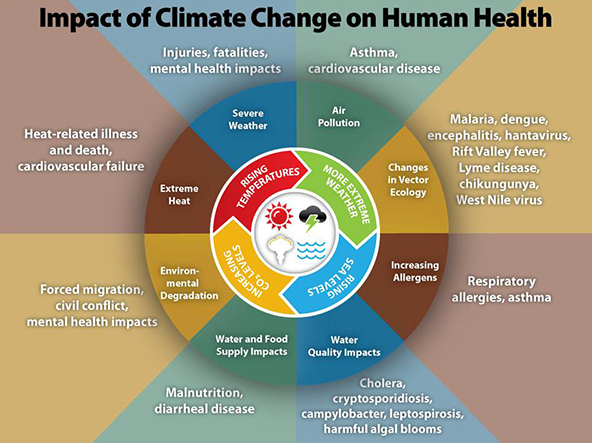
#UnitedStates, October 30, 2019 – CDC’s Climate and Health Program is celebrating 10 years of supporting state, tribal, local, and territorial public health agencies as they prepare for the continuing health impacts of a changing climate.
In 2019 the program provided communities with new resources, tools, and peer-reviewed publications addressing the impacts of climate hazards. This work increased the nation’s preparedness to respond to the health effects of extreme temperatures, wildfires, drought, and flooding.

“Climate change is the biggest environmental health challenge of our time,” said Patrick Breysse, director of CDC’s National Center of Environmental Health and the Agency for Toxic Substances and Disease Registry. “CDC is proud of the collaborative work states, cities, counties, territories, and tribes are doing to develop and implement adaptation plans to protect at-risk populations and communities.”
The Climate and Health Program was established in 2009; in 2010, CDC awarded funding to 10 grantees through CDC’s Climate-Ready States and Cities Initiative. The program is now helping 18 grantees around the nation use the five-step Building Resilience Against Climate Effects (BRACE) framework to identify climate impacts in their communities, potential health effects associated with these impacts, and at-risk populations and locations.
“While coastal states might be worried about flooding associated with sea-level rise or a hurricane, a health department in the Southwest might be planning for heatwaves and drought. We provide them with information and data so they can develop and implement solutions that best fit their local needs,” Breysse said.
Expanded funding to address environmental health challenges
In early 2019, the Climate and Health Program extended its reach through partnerships with non-profit health organizations. These organizations provided funding for 12 new climate and health mini-grants, as well as implemented climate-adaptation strategies to reach vulnerable populations. The program now provides funding to health departments in 29 jurisdictions. Partnerships with the American Public Health Association and American Lung Association, along with those detailed below, are critical to the success of the climate and health program. These new awards range from $5,000 to $50,000 and support a variety of climate and health adaptation activities ranging from preparing for extreme heat to developing a state-wide data tool to support local adaptation planning.
In partnership with the National Indian Health Board, CDC selected four new awardees for the Climate Ready Tribes initiative. Three Tribes will be re-funded for a second year to continue their work into 2020:
- The Lummi Nation (Washington State) is developing plans to protect their community from harmful algal blooms and toxins in shellfish that are influenced by warming waters.
- The Pala Band of Mission Indians (California) is working on adaptation planning and outreach.
- The Sitka Tribe of Alaska is coordinating a regional project to monitor shellfish contamination.
- In addition, the Kaw Nation (Oklahoma) received a one-time mini-grant for a project focused on local community education and outreach related to climate and health.
These new awardees join the previous cohort:
- The Swinomish Indian Tribal Community (Washington State).
- The Village of Wainwright (Alaska).
- The Blackfeet Nation (Montana).
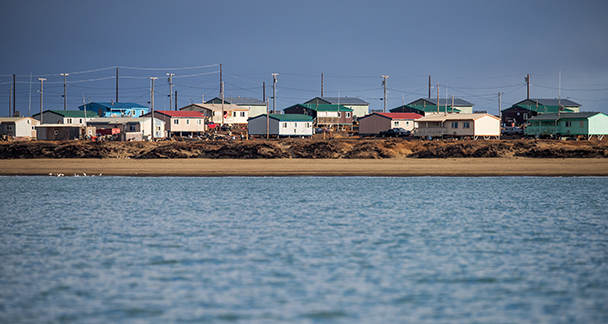
Three additional new mini-grants to support Tribal climate and health communication needs will be awarded in December 2019.
Partnerships for environmental health
The Climate and Health Program partnered with the Council of State and Territorial Epidemiologists to award three one-time grants in early 2019 to assess climate and respiratory health issues. The grantees are San Mateo County Health, Propeller Health, and the Washington State Department of Health.
- San Mateo is assessing the magnitude and trends of asthma burden in San Mateo County and adapting the Community Health Vulnerability Index for their jurisdiction.
- Propeller Health is evaluating the impact of respiratory health communication tools on patient health, specifically mobile applications, and developing health outreach guidance to lessen impacts of asthma.
- Washington state is developing best practice guidance on wildfire communications outreach and testing the utility of low-cost air quality sensors during wildfires.
Washington state also received an additional grant from CDC in partnership with the Association of State and Territorial Health Officials to aid development of regional climate and health profiles and climate-related risk communication efforts.
CDC’s Climate and Health Program also worked with the National Association of County and City Health Officials to award two mini-grants to support local adaptation efforts:
- The Boston Public Health Commission developed heat awareness materials and translated them into 10 languages to assist a wide range of communities across the city.
- The Marquette County Health Department (Michigan) developed a “Public Health Response to Flooding Disasters” plan to protect their population from increasing extreme rain events.
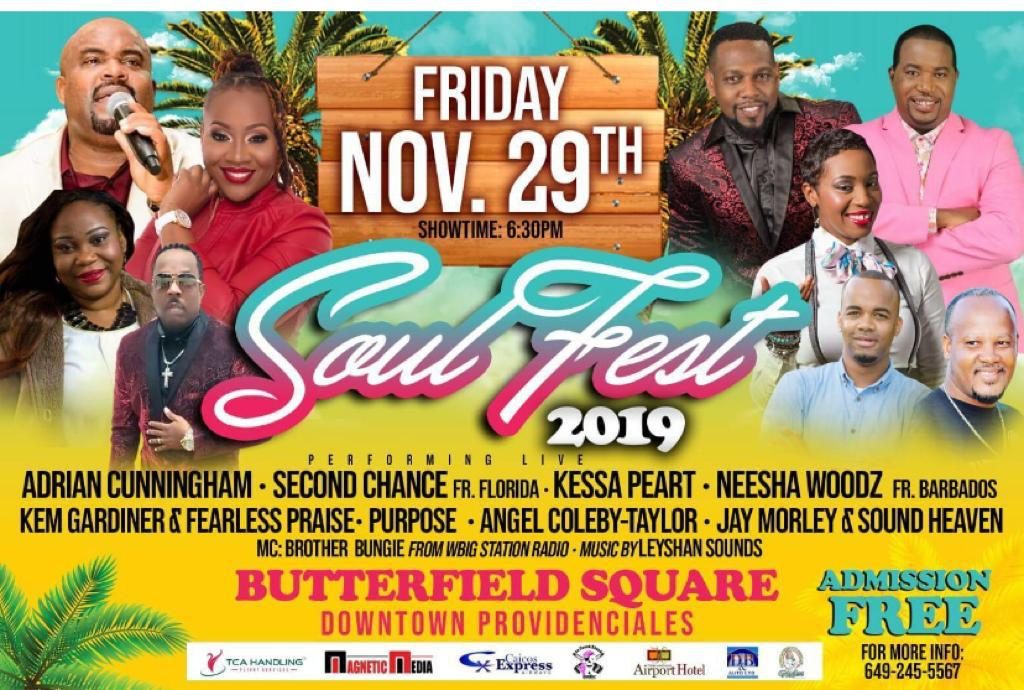
In partnership with the National Environmental Health Association, CDC awarded two additional climate and health mini-grants with a focus on data accessibility:
- The Minnesota Department of Health developed an online climate and health vulnerability assessment tool to allow communities across the state to visualize and analyze health, climate, and environmental data to aid planning and adaptation.
- Clackamas County Public Health (Oregon) partnered with neighboring counties (Multnomah County Health Department and Washington County Public Health) to develop a comprehensive climate change and health impact assessment report and develop an accompanying data visualization tool for the Portland metropolitan region.

The Climate and Health Program’s work extends far beyond grants to health departments. In March 2020, the program will host a science symposium featuring presentations from researchers conducting cutting-edge climate and health work. The symposium will highlight CDC’s internal science activities and new resources and tools for communities. We will also reflect on the Climate and Health Program’s past accomplishments and discuss our vision for the program’s future.
For additional information about the 10th anniversary or the Climate and Health Program, please visit https://www.cdc.gov/climateandhealth/default.htm.
SOURCE: CENTERS FOR DISEASE CONTROL AND PREVENTION
Magnetic Media is a Telly Award winning multi-media company specializing in creating compelling and socially uplifting TV and Radio broadcast programming as a means for advertising and public relations exposure for its clients.

You may like
-


Health and Climate now officially integrated, COP29 deemed progressive
-


Mitchell to diplomats: Climate Change has become number one foreign policy issue for The Bahamas
-


Why Snakes, Turtles and Doves are part of the Climate Change conversation for the Caribbean
-


The Bahamas’ Prime Minister Philip Davis reiterated climate change concerns for his nation.
-


Without Action, TCI could lose landmass to Rising Ocean
-


February, warmest month on record globally
world news
80% of the World’s Poor Face Climate Hazards — UNDP Sounds Alarm
Published
4 weeks agoon
October 24, 2025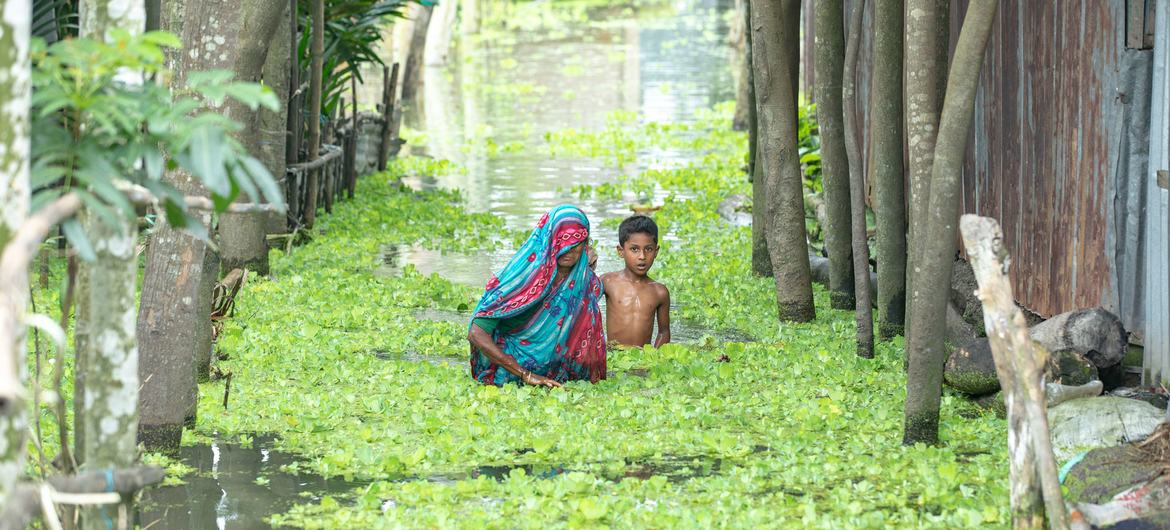
By Deandrea Hamilton | Magnetic Media — CAPTURING LIFE
NEW YORK (October 17, 2025) — A new United Nations report has confirmed what many developing nations already know: climate change is punishing the poor first and hardest. Nearly 80 percent of the world’s 1.1 billion people living in multidimensional poverty — about 887 million individuals — live in regions directly exposed to extreme heat, flooding, drought, or air pollution.
The 2025 Global Multidimensional Poverty Index (MPI), released jointly by the UN Development Programme (UNDP) and the Oxford Poverty and Human Development Initiative (OPHI), calls the findings “a wake-up call before COP30.” It’s the first time global poverty and climate-hazard data have been overlaid, revealing how environmental stress and social deprivation now reinforce one another.
A World Under Double Strain
The report, titled Overlapping Hardships: Poverty and Climate Hazards, finds that among the world’s poorest, 651 million people face two or more climate hazards simultaneously, and 309 million confront three or four at once. The most widespread threats are extreme heat (affecting 608 million) and air pollution (577 million). Flood-prone areas house 465 million poor people, while 207 million live in drought-affected zones.
“These individuals live under a triple or quadruple burden,” said UNDP’s Acting Administrator Haoliang Xu. “To fight global poverty, we must confront the climate risks endangering nearly 900 million people.”
The Geography of Risk
The pressure points are clear. South Asia and Sub-Saharan Africa are the world’s epicentres of climate-linked poverty, hosting 380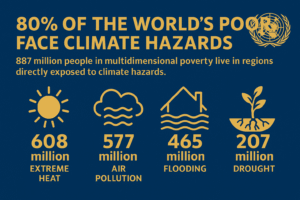 million and 344 million vulnerable people respectively. In South Asia, a staggering 99 percent of the poor are exposed to one or more climate shocks, with 92 percent facing two or more.
million and 344 million vulnerable people respectively. In South Asia, a staggering 99 percent of the poor are exposed to one or more climate shocks, with 92 percent facing two or more.
The Caribbean and small-island developing states weren’t individually ranked but are highlighted as especially exposed — combining low-lying geographies, fragile ecosystems, and high dependence on tourism. Analysts say the MPI’s message is unmistakable: without climate-resilient development, hard-won progress could unravel overnight.
The Rich-Poor Divide Deepens
Lower-middle-income nations shoulder the greatest burden, with 548 million poor people exposed to at least one hazard and 470 million to two or more. “Countries with the highest levels of poverty today are projected to face the steepest temperature increases by the end of the century,” said Pedro Conceição, Director of UNDP’s Human Development Report Office.
That projection underscores why the Caribbean, Africa, and parts of Asia argue that wealthy nations must help fund climate adaptation, debt relief, and just-transition mechanisms.
From Recognition to Action
The UNDP urges world leaders gathering next month for COP30 in Brazil to align climate commitments with poverty reduction strategies — strengthening local adaptation, scaling climate finance, and embedding environmental resilience into every development plan.
“The crisis is shared, but the capacity to respond isn’t,” the report concludes. “Without redistribution, cooperation, and climate-resilient policy, the world’s poorest will remain trapped between heatwaves and hunger.”
Why It Matters for the Caribbean
For island nations like The Bahamas, Barbados, and Turks & Caicos, the MPI’s findings hit home. Even where income levels are higher, inequality and geographic exposure magnify the risk: a single hurricane season can wipe out years of economic gains. The message to regional policymakers is clear — social protection, infrastructure, and environmental defence are no longer separate issues; they’re survival strategies.
As the world counts down to COP30, the UNDP’s data doesn’t just measure poverty — it maps who the planet is failing first.
world news
A Tapestry of Peace: Humanity, Not Politics, Ends the War in Gaza
Published
1 month agoon
October 14, 2025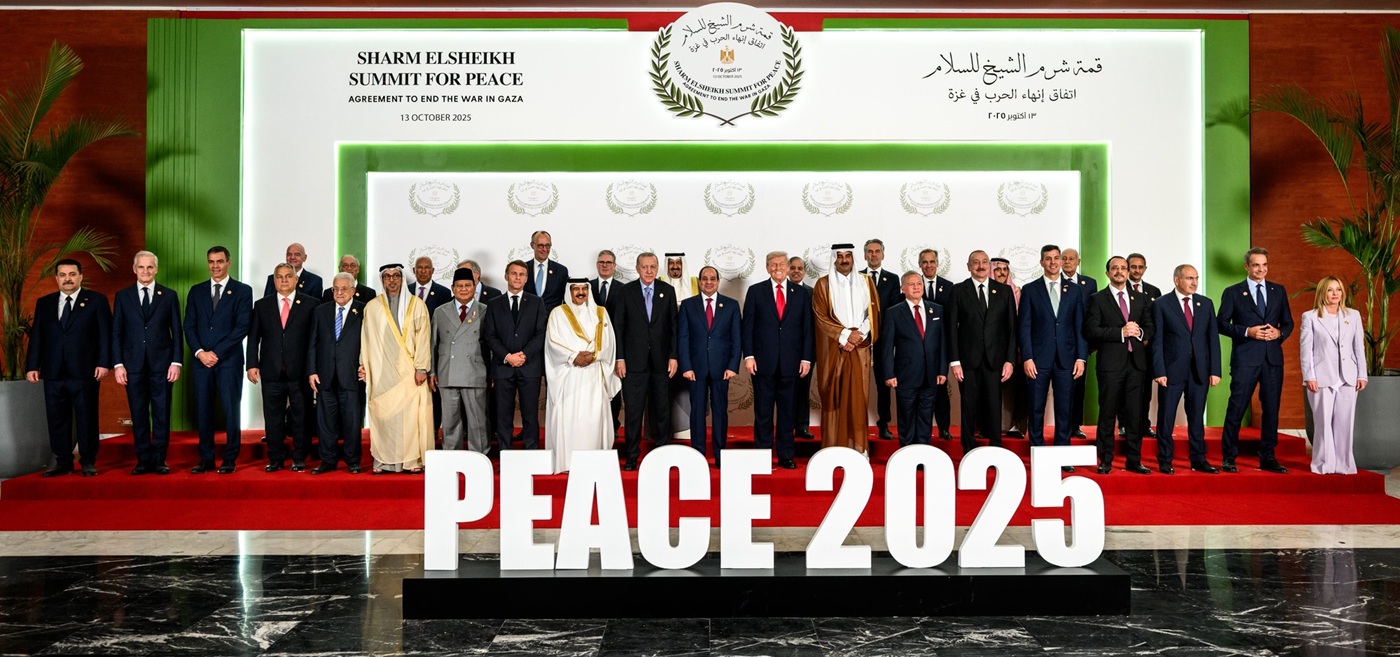
By Deandrea Hamilton | Magnetic Media
October 14, 2025 – I watched the people, by the hundreds, walk the dusty strip that led back to their home in Gaza. We all knew, as they did, they were heading into hollowed-out neighbourhoods — debris, shattered glass, skeletal walls — reminders of years of despair.
But there was something else too: a buoyancy in their stride, a glimmer in their eyes. The Mediterranean glistened, still impossibly beautiful. The people — strong, proud, indomitable — moved as though carrying both grief and grace in equal measure.
In that moment, I realized this was more than diplomacy. More than the signing of a historic document in distant halls of marble and microphones. This was humanity rediscovering itself — a world beginning to understand that beyond geography and faith and politics, we are all human beings, bound by the same elemental truths: emotion, desire, hope, dream, and love.
It was not politicians who brokered this new peace, but visionaries who remembered the simplicity of service — that peace, like business, depends on relationships, trust, and respect. Perhaps it took a businessman to remind the world that excellence in service to humanity means meeting people’s needs with empathy, not ideology.
The Trump Peace Agreement, signed in Sharm El-Sheikh, Egypt, brought to a close more than two years of suffering and opened, in the words of the signatories, “a new chapter for the region defined by hope, security, and prosperity.” Egyptian President Abdel Fattah El-Sisi, who hosted the summit, called it “the dawn of renewal — not only for Gaza, but for how we see one another.”
Under the accord, 20 living hostages held in Gaza have been freed and reunited with their families, marking the end of one of the most painful sagas of the conflict. In addition, the agreement mandates the return of 28 deceased hostages, with four sets of remains already handed over. The deal also includes the release of thousands of Palestinian detainees, allowing families long separated by war to embrace again — mothers and sons, brothers and sisters, husbands and wives.
For the first time in decades, the streets of Gaza and Tel Aviv echoed the same sound — weeping and relief.
The agreement’s language was strikingly human: a shared vision of “tolerance, dignity, and equal opportunity for every person,” where faith is not a dividing line but a moral compass. It pledges to protect sacred sites across Christianity, Islam, and Judaism, recognizing that this narrow strip of land carries deep spiritual meaning for much of humanity.
The declaration also commits to dismantling extremism “in all its forms,” replacing radicalization with education, opportunity, and respect. In a time when rage had become routine, the world seemed to pause — if only for a moment — to breathe again.
Observers call it a diplomatic miracle; others see divine timing. But either way, this peace feels different — grounded in the recognition that people cannot be endlessly broken without consequence. The Muslim and Arab world, long accused of intolerance, appears to be turning a page: moving from rejection to reconciliation, from ideology to empathy.
For a generation raised on images of rockets, ruins, and rage, the simple act of dialogue has reclaimed its power. The leaders who signed the document — Donald J. Trump, Abdel Fattah El-Sisi, Tamim bin Hamad Al-Thani, and Recep Tayyip Erdoğan — pledged to resolve future disputes through negotiation, not war.
Standing before the Knesset in Jerusalem the following day, President Trump declared,
“This peace will not end with signatures. It will endure through every handshake, every investment, and every act of mercy that follows. Peace is not an event — it is a way of life.”
And as I watched the people of Gaza — battered, barefoot, but unbroken — I couldn’t help but believe that this time, maybe, the world has finally begun to live that truth.
We have not just reached peace; we have rediscovered the tapestry God Himself has woven — of difference, dignity, and divine connection — the beauty of being human.
Angle by Deandrea Hamilton. Built with ChatGPT (AI). Magnetic Media — CAPTURING LIFE.
Caribbean News
US Strike on Venezuelan Drug Boat Sparks Fierce Caribbean Divisions
Published
3 months agoon
September 6, 2025
Deandrea Hamilton | Editor
September 6, 2025 – In a dramatic escalation along the southern Caribbean, U.S. forces on September 2 launched a military strike on a boat allegedly carrying illicit narcotics from Venezuela. Officials say the strike killed 11 members of the Tren de Aragua cartel, which the U.S. has designated a terrorist organization, part of a broader “war on narco-terrorism” tied to the deadly spike in fentanyl and other drug deaths among Americans.
Within CARICOM ranks, reactions were deeply divided. Trinidad and Tobago’s Prime Minister, Kamla Persad-Bissessar, voiced unequivocal support—saying drug traffickers “should be killed violently,” citing the nation’s struggle against cartel-driven violence and addiction.
Conversely, Barbados Foreign Minister Kerrie Symmonds and other regional diplomats expressed reservations about the U.S. operation’s legality, calling for greater diplomatic coordination and transparency to prevent further destabilization.
On the U.S. domestic front, Democratic lawmakers demanded answers. Many were excluded from a scheduled briefing, fueling concerns over executive overreach. Critics questioned the legality of a lethal strike in international waters without Congressional approval, warning of constitutional and international law violations.
A former Biden administration official, Juan González, also warned that the U.S. risks becoming entangled in a “disastrous” intervention in Venezuela—a conflict scenario more complex than past U.S. operations in the region.
In response to mounting regional pressure, the U.S. is ramping up its military presence. Defense Secretary Pete Hegseth vowed continued operations against narco-terrorists. The Pentagon has deployed ten F-35 stealth fighter jets to Puerto Rico as part of a broader naval and air buildup. Senator Marco Rubio echoed the aggressive stance, stating more such strikes “will happen again.”
Meanwhile, Venezuela denounced the strike and dismissed U.S. claims as fabricated. Venezuelan officials pointed to the video evidence released by President Trump as misleading or manipulated.
What’s at Stake:
- International law & sovereignty: Experts have questioned the legality of using lethal military force against suspected traffickers on the high seas without clear legal justification.
- CARICOM unity: The divided responses highlight deeper tensions over U.S. security policy and Caribbean sovereignty.
- Escalating militarization: The strike signals how Washington is blending drug interdiction with geopolitical pressure on Caracas, setting the stage for ongoing regional friction.
As Washington defends the strike as necessary for protecting American lives against a fentanyl-fueled crisis, Caribbean leaders worry the fallout may bring greater instability, not safety.
PHOTOS: Screenshots from U.S. Southern Command (SOUTHCOM) video




